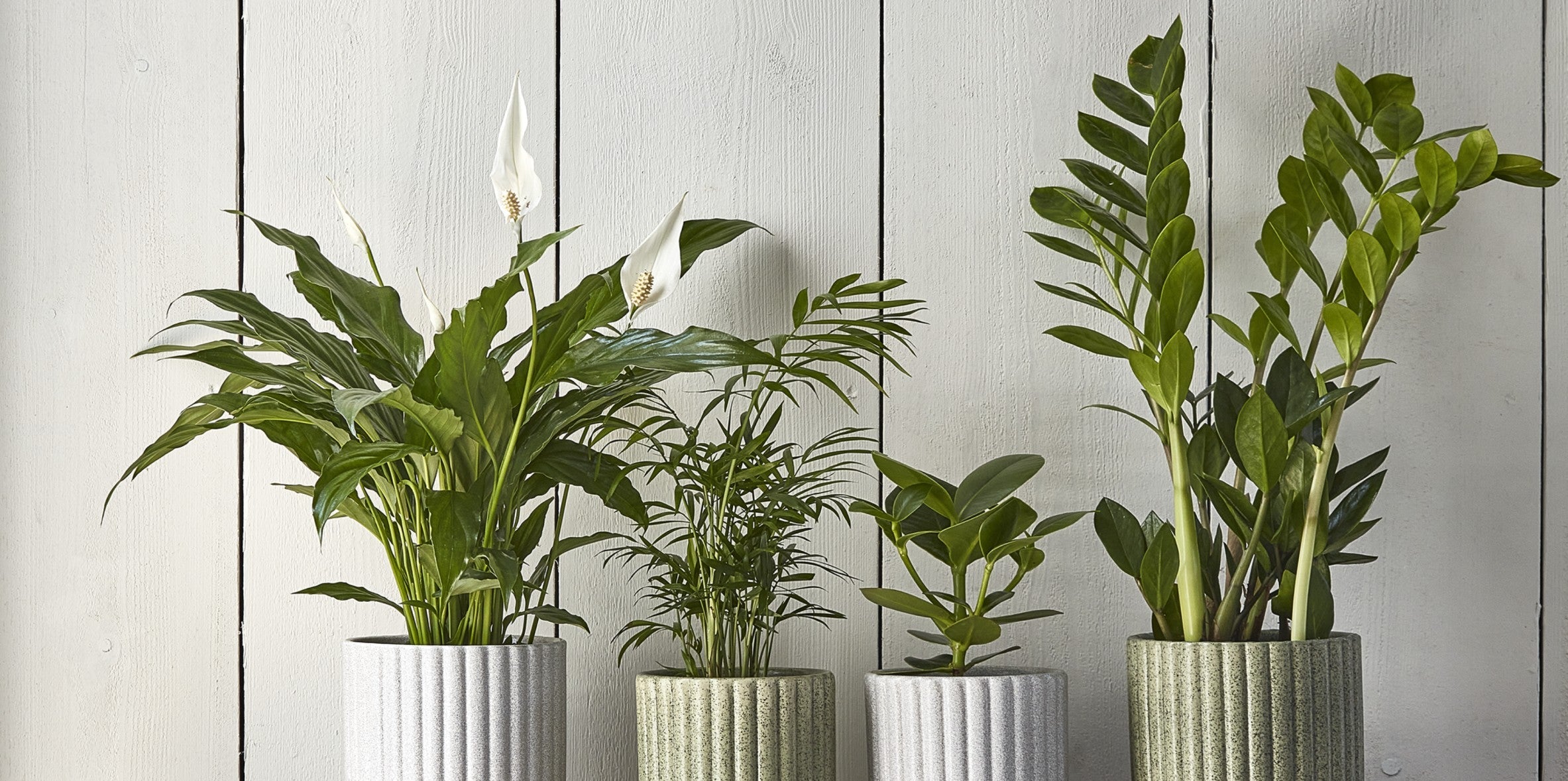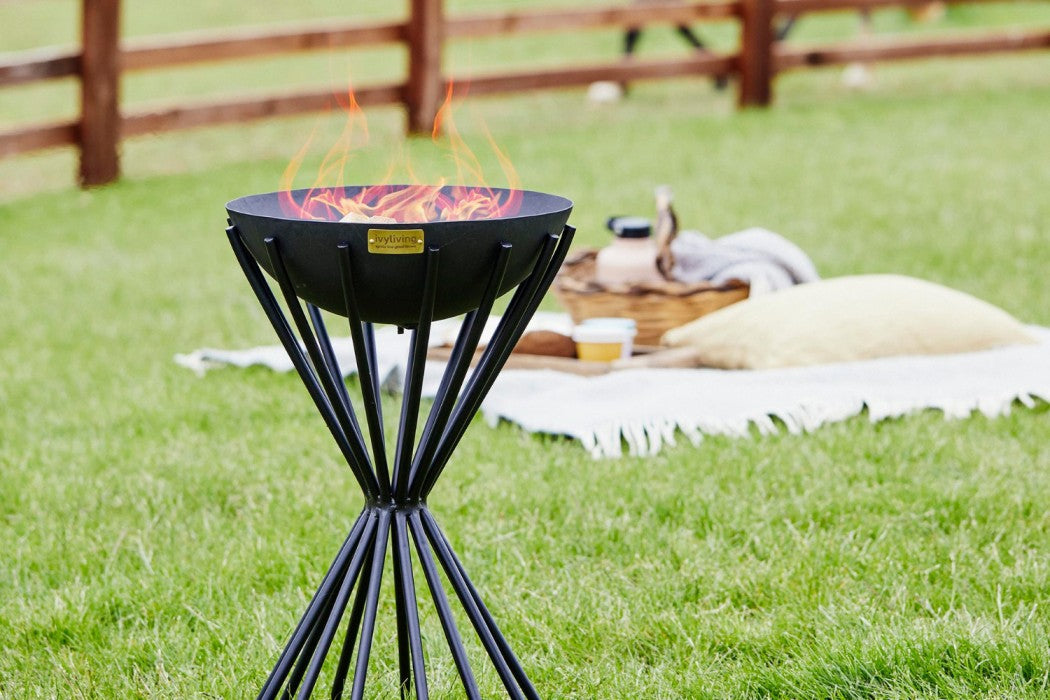Spring has sprung and it’s important to update your houseplant care routine to ensure your plants thrive in the next season. Many houseplants are now leaving their dormant state from the winter months, and entering their ‘growing season’, with new shoots flowers appearing.
Here’s our easy checklist on caring for your houseplants this spring:
Clean the leaves
Spring cleaning isn’t just for your home. Just like any other décor accessory or piece of furniture in your home, houseplants will appreciate a dusting for this season.
Not only will this make your houseplants look a lot shiny and healthier but if the dust is not removed, it affects how much sunlight is absorbed by the leaves, interfering with their ability to photosynthesise.
Giving your plants a spring clean is easy! Depending on the type of leaves they have, you can either use a microfibre cloth, duster, soap and sponge, or even rinse them in the sink or the shower!
Trim dead leaves
After cleaning your houseplants, you may notice dead, decaying, dried or damaged leaves. These can be spotted by looking for wilting or discoloured leaves. Similarly to cleaning your houseplants, removing dead leaves will make your plant look a lot healthier but it also allows vital nutrients to reach the healthier leaves further up the plant.
You can remove these dead or dying leaves by hand if they’re loose, or simply grab a pair of scissors or pruning shears, snipping them as close to the stem as possible making room for new growth.
Did you know: you can remove healthy leaves on stems that are overcrowded.
Most healthy clippings will sprout roots by simply placing them in water for a few weeks – you then have another beautiful plant to add to your collection!
Rearrange your plants
Keep an eye on shifting light patterns with the change in season. Windowsills, tables and corners that were once indirect sunlit spots, may now be in full sun as we start to enjoy longer days and more intense sunlight.
Prevent sunburn on your houseplants’ leaves by relocating sensitive plants out of direct sunlight and away from windows. Any leaves that are turning white, brown or transparent could mean they are getting too much sunlight, and will need moving further out of the sun into a shady spot.
Repot your houseplants
Spring is the best time to repot houseplants that need more room to grow. Repotting will stimulate fresh new growth, giving them more room to expand.
Signs that your houseplants have outgrown their pot:
- Roots growing through the drainage hole(s) of the pot, or over the top of the soil
- The plant’s foliage is more than 3x the size of its current container
- Water runs right through the soil without soaking in
- Roots are growing in a circular pattern inside the pot
Check out this guide on how to repot your houseplants.
Change your watering schedule and feed your houseplants
Water routines should vary depending on the weather, or how much you’re running your radiators. Keeping plants in dryer, warmer environments during the winter months means they will require more watering than on the lovely, bright and breezy spring days. But you still need to be careful that plants in direct sunlight don’t dry out! Now is the time to establish a new routine and keep an eye on the soil of your plants to determine how much water they need.
Many plants go dormant during the winter months, so now is the perfect time to feed them while they are preparing for the ‘growing season’. For an easy, homemade and organic option, why not use coffee grounds, banana peels, eggshells or green tea to nitrogen deficient plants experiencing yellow leaves or stunted growth.
Alternatively liquid feed is easy and less messy to apply. Mix into your water and saturate the soil on your watering days. Liquid seaweed and kelp fertilizers are great for plant and soil health, helping to defend against pests and disease.
Top tip!
Prevent shocking or burning your plants by introducing feed and fertiliser slowly over a period of time.








